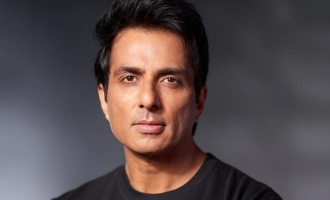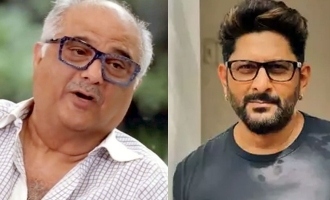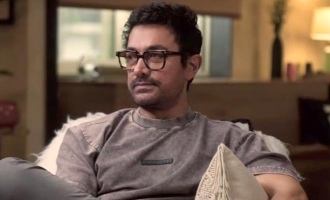Naushad: The Taj Mahal of Indian Film Music


Send us your feedback to audioarticles@vaarta.com


The era of pristine melody is over. For the master creator, like the white dove of peace, shall no more flutter its wings near the piano key. Veteran music composer Naushad Ali may have passed away, but the priceless jewels beaded together by his perfect craftsmanship shall always reverberate in the corridors of collective memory. The magic of Mughal-e-Azam, Mother India, Ganga Jamuna, Anmol Ghadi, Rattan, Mere Mehboob, Baiju Baawra, Udan Khatola and Ram Aur Shyam shall never be recreated. For there can never be another Naushad. Akbar Khans Taj Mahal was his swan song and like a soldier, he died with his boots on.
The story of his life is straight out of any gripping Hindi Film. Nights on footpath of a ruthless Bombay city, earning peanuts out of repairing harmoniums and composing for small theatre groups, he found hope when he joined music director Khemchand Prakash as an assistant. In 1940, Naushad got his first break with Prem Nagar and with the success of Sharda and Rattan, he touched heights of stardom by charging a whopping Rs 25, 000/- per film. The brilliance of Noorjahan (Jawan Hai Mohabbat), the solemn timbre of Suraiya (Man Leta Hai Angdai) and the magnanimous range of Lata Mangeshkar (Pyaar Kiya To Darna Kya) were his sparkling-yet-austere gifts to the world of music. Uma Devis Afsana Likh Rahi Hoon is like a whiff of fresh air that still manages to open the windows of imagination. The world of Hindi Cinema went on to laugh with Uma Devi who enacted comic roles as Tuntun after Ali asked her to give acting a try.
Naushad did things differently. His biggest contribution to Hindi Film Music is the incorporation of Indian Classical Ragas in many of his compositions. Colossal doyens of Classical Music (Ustad Amir Khan and D V Puluskar in Baiju Baawra and Ustad Bade Ghulam Ali Khan in Mughal-e-Azam) exclusively graced his songs. Risk taking came naturally to him as he always believed in taking chances. Whether it was using a 100 piece orchestra for Aan or 100 chorus singers for Mughal-e-Azam, he didnt think twice before going ahead with his plans. By successfully blending western instruments with the Indian classical, he showed the path to many aspiring music composers of all generations. The path breaking achievement in the field of sound mixing and separate recording of vocals and musicians is his invaluable contribution in the field of Music Recording technology that will always be remembered.
In a career spanning six decades, Naushad sahab gave music in a mere 66 films. On an average he took two weeks to compose a song, while today, a music director can do a couple of complete films in that duration. The preference of quality over quantity is evident in the staying power of his songs even after such a long period. Even though, young DJs may mix Naushads melodies in hundreds of ways, they can never come close to the essence or the soul of the painstaking thought process. Someone rightly said: There is only one Taj Mahal. And there can only be one Naushad Ali.
Follow us on Google News and stay updated with the latest!
-

Contact at support@indiaglitz.com




 Follow
Follow










































-7c2.jpg)



















Comments